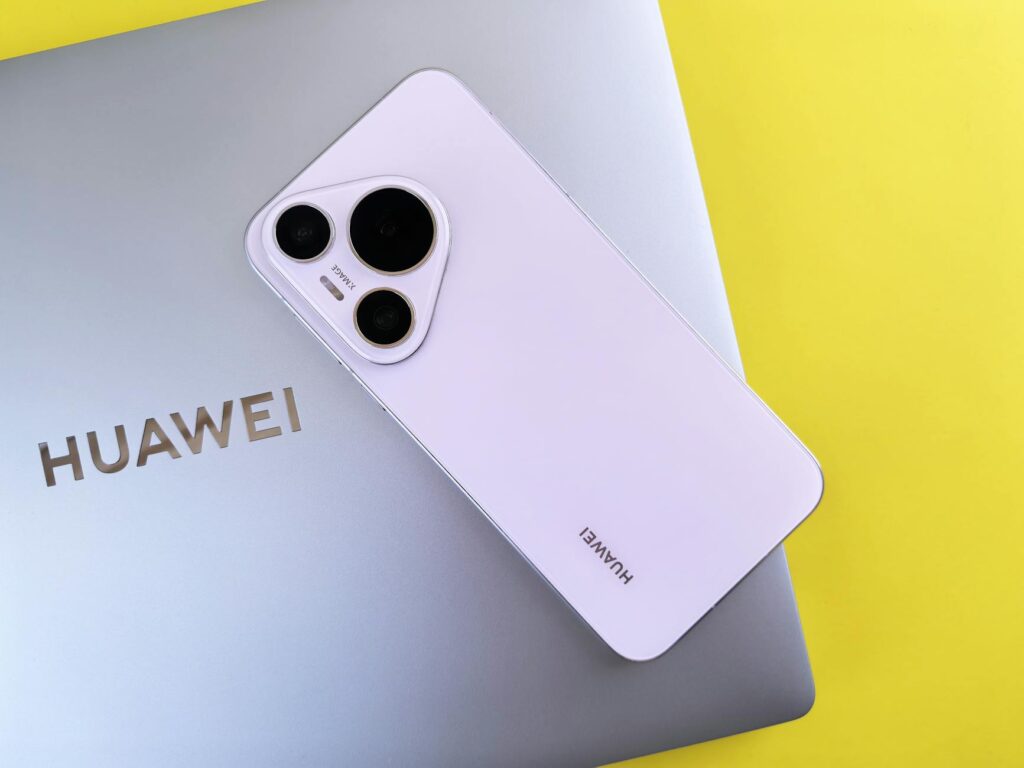What is visual distractions?

What is Visual Distractions?
Visual distractions are elements within our environment that draw our attention away from tasks we need to focus on. In an era where productivity is paramount, understanding these distractions can significantly enhance our efficiency and well-being. This post aims to explore what visual distractions are, their effects on our concentration, and effective strategies to minimize them.
Understanding Visual Distractions
Visual distractions are anything that captures our visual attention and diverts it from primary tasks. This could range from clutter on a desk to notifications popping up on your smartphone. Unlike distractions caused by sound, such as loud music or conversations, visual distractions engage our sight—which can be more challenging to ignore. For instance, consider a student trying to study in a messy room; each glance at the disarray can lead to a loss of focus on their studies.
Examples of Visual Distractions
- Work Context: Multiple screens displaying irrelevant content or a cluttered workspace can hinder productivity.
- Study Context: A disorganized study area filled with books, snacks, or even bright colors can divert a student’s attention from reading.
- Daily Life: Billboards, social media feeds, or even a buzzing smartphone can pull our focus away from important activities.
Types of Visual Distractions
To better manage visual distractions, it’s helpful to categorize them:
Digital Distractions
These include notifications, pop-ups, or unexpected alerts from apps. They often lead to a state where your focus shifts from one task to another, substantially affecting your workflow. For instance, a notification about a new message while you’re drafting an important email can derail your thoughts.
Environmental Distractions
These are physical elements within your surroundings. A cluttered desk, bright wall colors, or excessive movement in your peripheral vision can create a chaotic atmosphere that detracts from concentration. The impact of visual clutter on productivity is significant; research shows that a tidy workspace can improve focus and efficiency.
Social Distractions
People and their movements can also serve as distractions. Whether it’s a co-worker’s animated conversation or someone walking by frequently, social interactions can draw your gaze and attention away from the task at hand.
Psychological Impact of Visual Distractions
Visual distractions pose real challenges to our cognitive functions. They can disrupt concentration, impair decision-making, and lower overall productivity. Studies indicate that even small distractions can derail a person’s focus significantly, leading to errors and diminishing the quality of work. For instance, a report noted that employees lose about 720 hours a year due to workplace distractions, underscoring the importance of managing these interruptions (Clockify).
How Distractions Affect Productivity
The effects of visual distractions on productivity are notable. They not only increase the time it takes to complete tasks but can also lead to missed deadlines and a decline in work quality. A study from the Journal of Experimental Psychology found that visual distractions could reduce recognition performance more than auditory distractions, highlighting their unique impact on our cognitive processes (NCBI).
Identifying Visual Distractions in Your Environment
Recognizing the visual distractions in your environment is the first step towards improving focus. Here are some practical tips for observing and analyzing your surroundings:
Common Signs of Visual Distractions
- Decreased Focus: You find it hard to concentrate on a single task.
- Frequent Task-Switching: You’re constantly jumping from one task to another without completing any.
- Reduced Work Quality: Your output lacks the usual standards, indicating that distractions may be affecting your performance.
Self-Assessment Techniques
To evaluate your susceptibility to visual distractions, consider the following methods:
- Journaling: Track your daily tasks and note when you feel distracted. This can help identify patterns.
- Mindfulness Exercises: Practice focusing on your breath or a single object to improve your ability to ignore distractions.
Strategies to Minimize Visual Distractions
Implementing effective strategies can significantly reduce visual distractions in your workspace or study area.
Organizing Your Workspace
Start by decluttering your workspace. Here are steps to achieve a more organized environment:
- Clear Surfaces: Remove unnecessary items from your desk.
- Color Coding: Use color-coded files or labels to keep important documents organized and visually appealing without overwhelming your senses.
- Designated Areas: Create specific zones for different tasks, which can help in reducing visual clutter.
Digital Tools and Settings
Various apps and browser extensions can help manage digital distractions. Consider using tools like FocusBear or Freedom, which block distracting websites and notifications during work hours. Adjusting settings on your devices can also minimize interruptions from unnecessary alerts.
Creating a Focus-Friendly Environment
The layout and lighting of your workspace can affect your focus. Here are a few tips:
- Lighting: Use natural light when possible, as it can create a more inviting atmosphere. Avoid harsh fluorescent lights that can be distracting.
- Layout: Arrange your desk to minimize distractions from movement. Position your chair away from busy walkways or windows.
- Decoration Choices: Select calming colors for your walls or decor to promote a serene working environment.
Conclusion
Managing visual distractions is crucial for enhancing productivity and overall well-being. By understanding what they are, identifying their sources, and implementing practical strategies to minimize them, you can create a more focused environment. Remember, a tidy workspace, the right digital tools, and a well-thought-out layout can work wonders for your concentration levels. So, take the time to assess your surroundings and make the necessary adjustments.
Implement these strategies today and watch your productivity soar. Don’t let visual distractions control your focus—take charge and create a workspace that fosters concentration!

Photo by Andrey Matveev